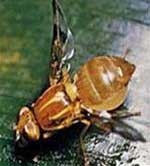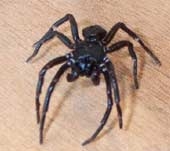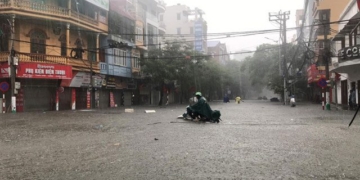The climate crisis is wreaking havoc on many species, but scientists are quite certain that one species is gaining an advantage from it: mosquitoes.
Mosquito Population Boom
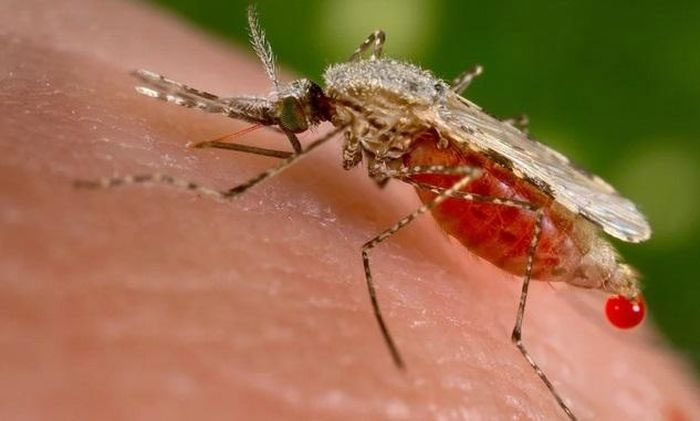
An Anopheles mosquito, a species that can transmit malaria. (Photo: Reuters).
Mosquitoes thrive in warm and humid environments. Climate change is leading to more frequent and severe heatwaves, accompanied by storms and floods that leave stagnant pools of water. These are the preferred breeding grounds for mosquitoes. As a result, the mosquito population is experiencing a boom.
For the first time in 20 years, the U.S. Centers for Disease Control and Prevention (CDC) has warned about several cases of locally transmitted malaria. On June 27, the CDC reported that there were four cases recorded in Florida and one case in Texas.
While it is too early to determine whether these cases are related to climate change, scientists have warned that malaria could become more common in the U.S. as temperatures rise.
This raises new concerns about the risk of mosquitoes invading areas where they have been absent for a while or have never appeared. There are also fears about deadly diseases transmitted by mosquitoes.

Mosquito spraying at a home in Peru on June 11. (Photo: AFP).
Rising temperatures create conditions for mosquitoes to develop faster and live longer. They often die during harsh winters in many areas, but now these insects have a higher chance of survival and more time to build their populations. High temperatures also accelerate the time it takes for parasites or viruses to mature inside mosquitoes.
Professor Oliver Brady from the London School of Hygiene & Tropical Medicine explains, “The hotter the temperature, the shorter that process becomes. Therefore, these mosquitoes not only live longer but also have the potential to infect earlier.”
Additionally, as temperatures rise, more people tend to go outside in the mornings and late afternoons – the ideal times for mosquitoes. According to a recent analysis from the non-profit research group Climate Central, the number of “mosquito days” – the hot and humid days that mosquitoes love – has increased nationwide in the U.S. Researchers examined data spanning over four decades at nearly 250 locations and found that over 70% of them have become more conducive to mosquitoes.
Temperatures are also driving cities to increase green spaces. While green spaces provide important cooling shade, they can also become new ideal breeding grounds for mosquitoes.
Risks from Mosquito-Borne Diseases
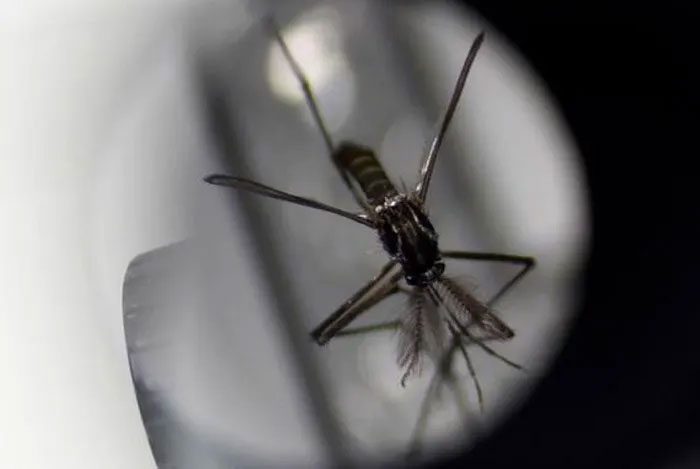
A mosquito under a microscope. (Photo: Reuters).
Although most of the 200 mosquito species in the U.S. are harmless, about a dozen species can transmit diseases to humans, including chikungunya virus, dengue fever, Zika virus, and West Nile virus. While serious mosquito-borne diseases are rare in the U.S., other countries are not so fortunate. A recent study showed that climate change is significantly helping mosquitoes expand their range in sub-Saharan Africa, where malaria has had devastating consequences.
A report from Georgetown University indicates that, on average, Anopheles mosquitoes that transmit malaria have moved to higher elevations by about 6 meters and have shifted southward nearly 4.8 kilometers per year. Biologist Colin Carlson at Georgetown University and co-author of the report stated that this pace is occurring due to climate change and could have significant consequences for areas that have never experienced malaria before and are unprepared.
Dengue fever is another potentially deadly disease that may increase in a warmer world. Dengue causes fever, nausea, vomiting, fatigue, and diarrhea in those infected, and in some cases, can lead to internal bleeding and death. There is no specific cure or treatment for dengue fever, leaving those infected with no choice but to endure the symptoms.
Peru is currently grappling with the worst-recorded outbreak of mosquito-borne dengue fever, with approximately 150,000 cases reported and more than 250 deaths. Experts suggest that unusual rainfall and high temperatures have created ideal conditions for mosquitoes.
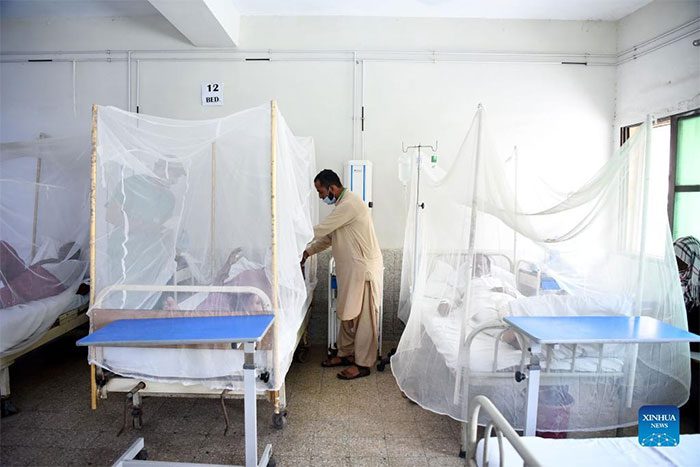
A dengue patient receiving treatment at a hospital in Islamabad, Pakistan, on September 15, 2022. (Photo: THX/TTXVN).
Dengue fever is currently knocking on the doors of both Europe and the U.S. There have been outbreaks of dengue fever in Texas, Florida, Hawaii, and Arizona. Last week, the European Centre for Disease Prevention and Control (ECDC) warned that the mosquito species Aedes albopictus – capable of transmitting dengue and chikungunya – is moving north and west across the continent. Celine Gossner from ECDC emphasized, “What’s surprising is the speed of the spread.” She noted that in just a decade, the number of areas where this mosquito species is found has tripled.
However, the U.S. and Europe are unlikely to face large outbreaks or high numbers of dengue-related deaths. Oliver Brady believes that China and certain regions of India are at particularly high risk.
Ecologist Shannon LaDeau from the Cary Institute of Ecosystem Studies (U.S.) notes that communities on the frontlines of the climate crisis will always be at the greatest risk of being severely impacted by mosquito-borne diseases.
Nevertheless, the shift of mosquito-borne diseases to areas like the U.S. and Europe could still be a shock. LaDeau told CNN, “People living in temperate regions will find their way of life changing quite dramatically because they’ve never had to worry about this before.”
Defense Plans
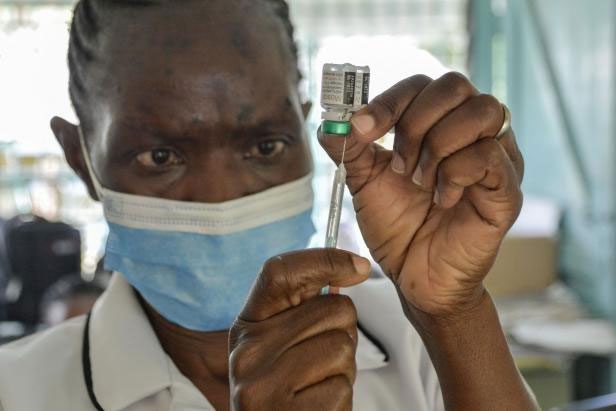
Healthcare workers vaccinating children against malaria in Yala, Kenya. (Photo: AFP/TTXVN).
Scientists are researching tools that can better assess the relationship between mosquito-borne diseases and climate change. In the meantime, there are many ways for individuals to protect themselves from risks, including applying mosquito repellent, installing screens on windows and doors, regularly mowing lawns, and clearing brush around homes, as well as eliminating stagnant water in flower vases, trash cans, and more.
Researchers are also exploring high-tech methods to reduce mosquito populations. One project in Florida is testing genetically modified mosquitoes to introduce genes that kill female mosquitoes. Other experiments involve using Wolbachia bacteria, which can prevent viruses from replicating inside mosquitoes, making them less capable of transmitting viruses.
Additionally, vaccines are being researched and developed for diseases such as dengue and malaria.
But above all, addressing climate change will have a significant impact. Brady analyzes that reducing pollution that is heating the planet will lead to a very different future for mosquito-borne diseases.








































